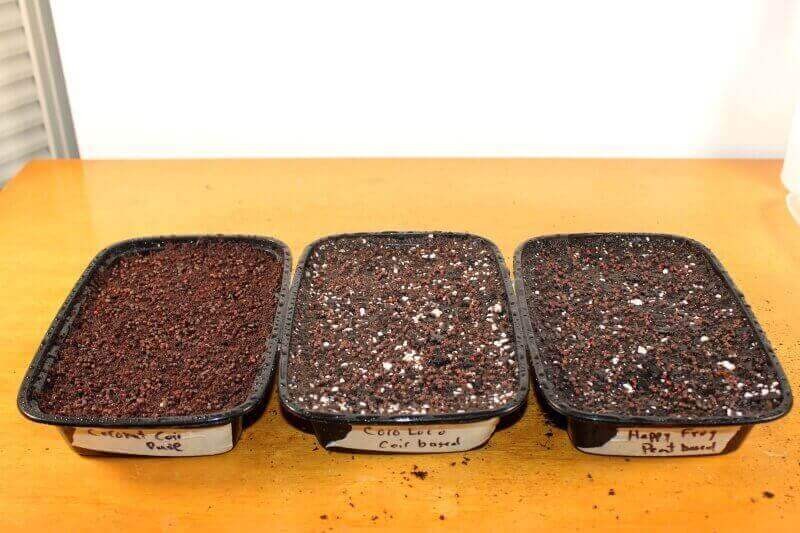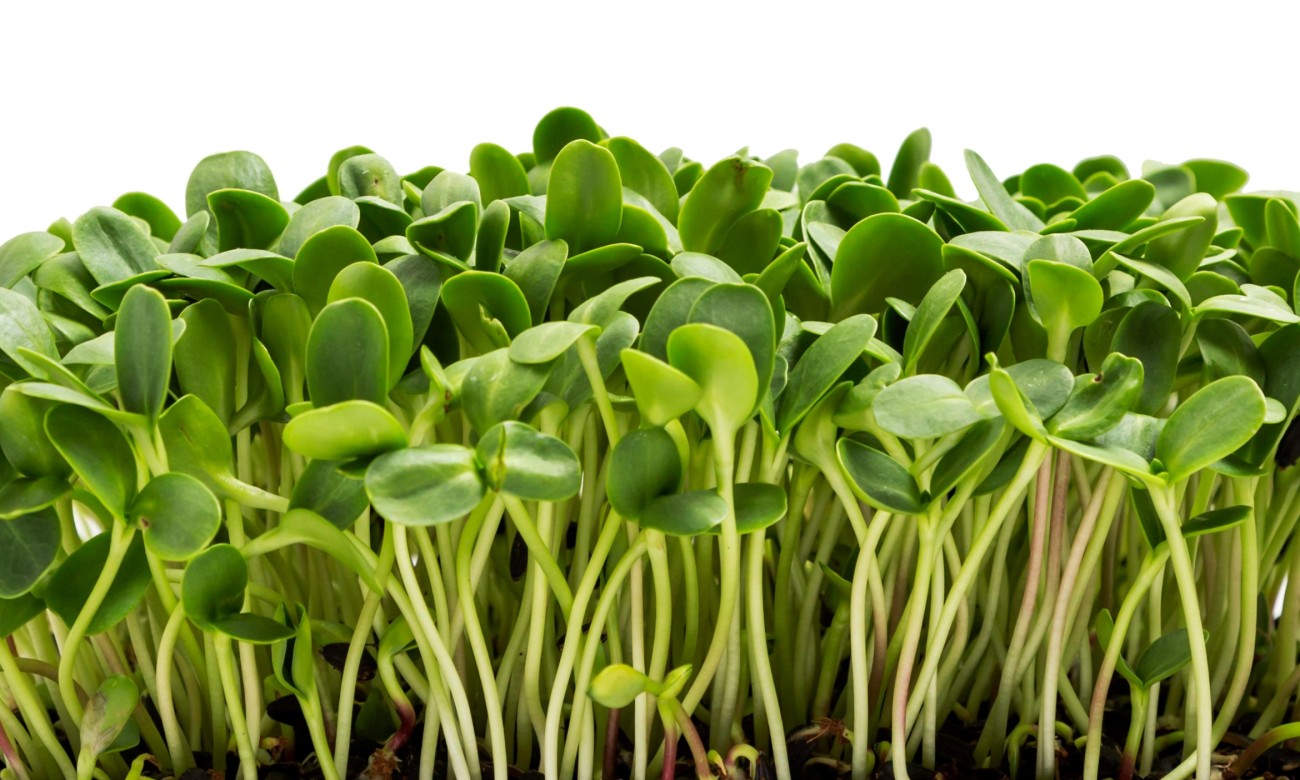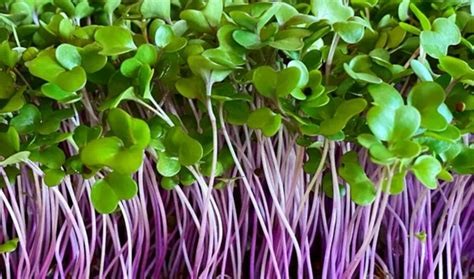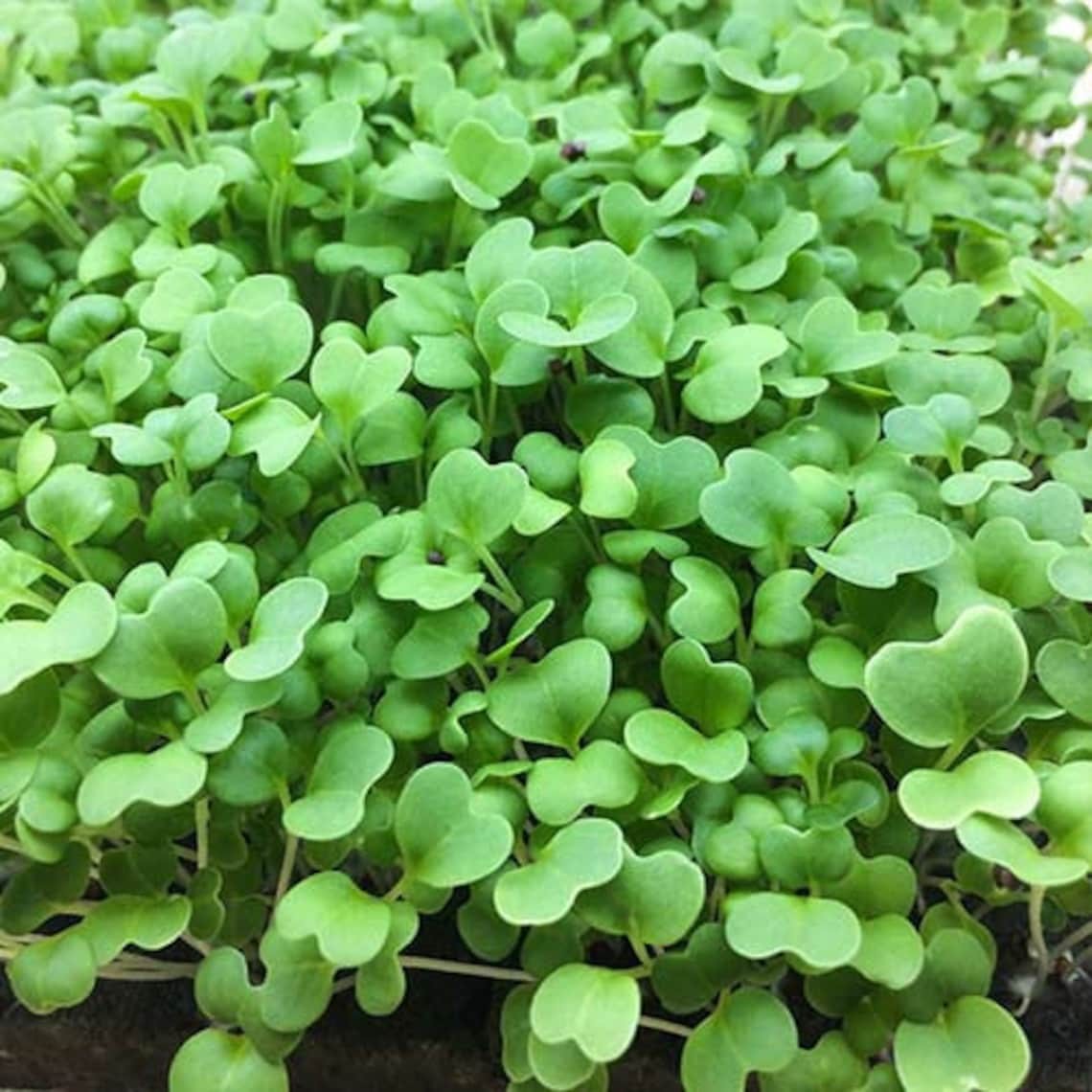
After spending my working life on and with ships, where the only greenery is the deck paint and the odd veg that emerges recognisable from the galley, I decided to satisfy a deep-rooted urge to start growing stuff to eat in the garden and the greenhouse I built.
I had thought that I could provide us with enough greens year-round, but leaving the battles with slugs, snails, rabbits, caterpillars and other undesirables aside, I found it a struggle in the winter, even in the greenhouse – especially now that the lunatic climate change cultists have made any form of greenhouse heating far too expensive. (And don’t waste your money on a solar powered greenhouse heater.)

Then about five years ago, I learned of microgreens and away I went. I sow a tray of seeds at least every three days and usually have a choice of three highly nutritious greens every day, even in the winter. Since then we have been as fit as butcher’s dogs, and we both sailed through covid untouched. We did, and still do, take Vitamin D daily, but we think that the microgreens also boosted our immune system.

So, what are micro-greens? They are seeds sown in some form of bedding, I use coco-coir, at high density and watered till they grow to roughly four inches high and cropped when they start to develop their ‘true’ leaves, the second pair to develop after the ‘seed’ leaves (cotyledons). Most are very easy to grow, and my specialities are beetroot, broccoli, coriander, kale, kohlrabi, mustard, peas, radish, rocket and sunflower (the shoots are edible).

Mostly they get eaten as a salad, but they also go in soups and sandwiches, and Mrs A stir-fries the peas and sunflowers with garlic and ginger that goes well with just about anything. They can also be eaten raw.
Many health benefits are claimed for microgreens, and there is scientific back up for these claims. These immature plants are harvested between 5–25 days (depending on variety and temperature) and are reported to have densely packed nutrients, which makes sense as a seed contains enough nutrition for the first few weeks of a plant’s life. Some, like coriander, mustard and radish also have concentrated flavours. The kohlrabi and radish also have vibrant colours and can be used as a garnish, or as an attractive salad, mixed with edible nasturtium flowers, seeds and leaves.
In recent years microgreens have appeared in high-end restaurants, often in the form of a garnish of pea tentacles. Supermarkets like Waitrose have advertised their nutritional value, claiming abundant vitamins and minerals – the same as in the mature plant but more concentrated, as well as ‘bioactive compounds, such as ascorbic acid, tocopherol, carotenoids, folate, tocotrienols, phylloquinones, anthocyanins, glucosinolates’, which might mean something to some folk.
These qualities have attracted research into their potential for the prevention of malnutrition, inflammation, and other chronic ailments, often focusing on the prevention of non-communicable diseases caused by sedentary lifestyles. This research has provided a theoretical foundation for the claim that microgreens are probably the healthiest way to eat (some) vegetables.
Microgreens are not sprouts (though the same seeds can also be used for sprouting) the easiest to cultivate and grown in the dark and without a need for a growing system, such as soil. All they need is moisture and are then eaten whole, generally raw. Sprouts contain a lot of dietary fibre along with the abundance of stored plant phytochemicals. Microgreens are considered ‘superfoods’ and can be grown in a limited space – a windowsill is often good enough. They have a relatively a short growing period and need no external nutrients, though as I make my own fertiliser from nettles, I mix that with water in a ratio of ten to one, which gives them a slight boost, but they still grow well enough on water only. They do, however, need light once the shoots are about an inch or so high. I use shop-display LED lights in my grow room, left on for 15 hours a day.
All you need is a tray, seeds, coco-coir, spread on the tray 3/8 inch deep and smoothed off to make an even surface for the seeds, spread evenly to cover the whole surface of the coco with about a seeds distance between each seed. You’ll never achieve this of course, but that’s the ideal. Then use a water sprayer to gently soak the seeds, cover the tray and place a weight on it to press the seeds into the coir, and then check once a day, spraying to keep the seeds moist, but not saturated, as required.

Once the roots have penetrated the coir and the mesh section of the tray, stop spraying and keep a little water in lower tray, and check daily keeping the roots moist but not flooded. Once the shoots are an inch or two high, take the cover tray off and expose the microgreens to light. Cut and eat when the greens have developed the first signs of the ‘true leaves’ and before any further leaves develop. Peas are different and can be grown to about six inches. Each variety takes a different time to harvest and this varies with temperature. In the summer, radish is ready to eat five days after sowing, seven to eight in the winter. Peas can take 14 to 25 respectively, with the brassicas somewhere in between.
As I say, microgreens are supposed to be highly nutritious. Each type has its own characteristics of course, and to finish, here’s what one site specialising in them said about broccoli greens, as an example:
“Turns out that broccoli is high in sulforaphane. Broccoli microgreens sulforaphane is even higher and more potent than sprouts or mature broccoli. The nutrition in broccoli microgreens is tremendous and includes:
vitamins A, B, C, E, and K,
macro-elements calcium, magnesium, and phosphorous, and micro-elements iron, copper, and zinc.
Even more, broccoli microgreens benefits include reversing chronic illnesses such as heart disease and type II diabetes.”

And the cost is relatively small, a bit of electricity, coir growing medium and the seeds, once the trays are bought. I did a cost calculation when I first started, and it turned out at 47p for 100g of broccoli greens. One of my sons told me that Waitrose was selling a bag of 40g for £4.
If you have any questions, ask below in the comments or email me on freespeechbacklash@gmail.com.